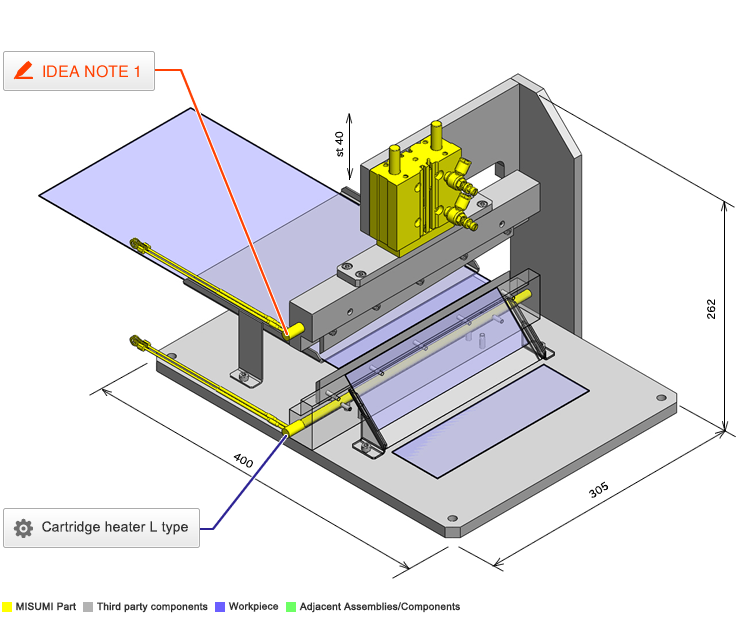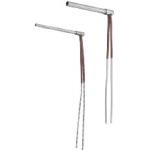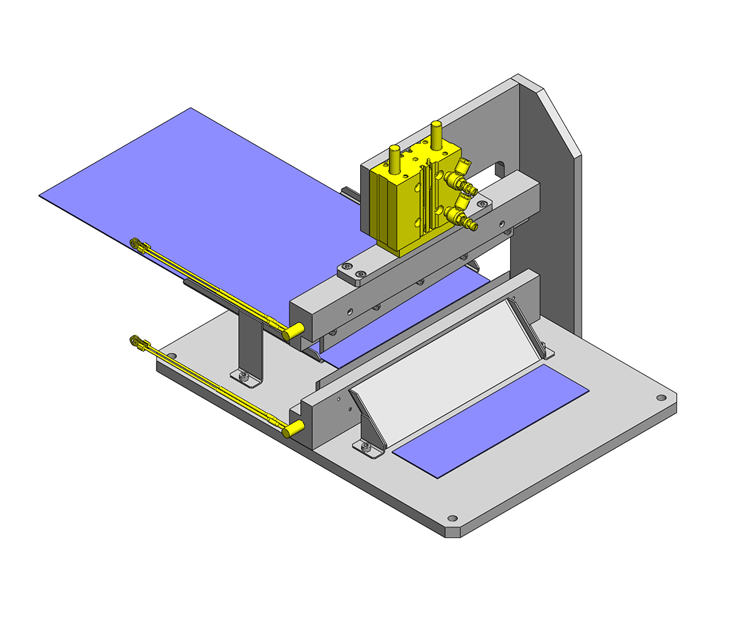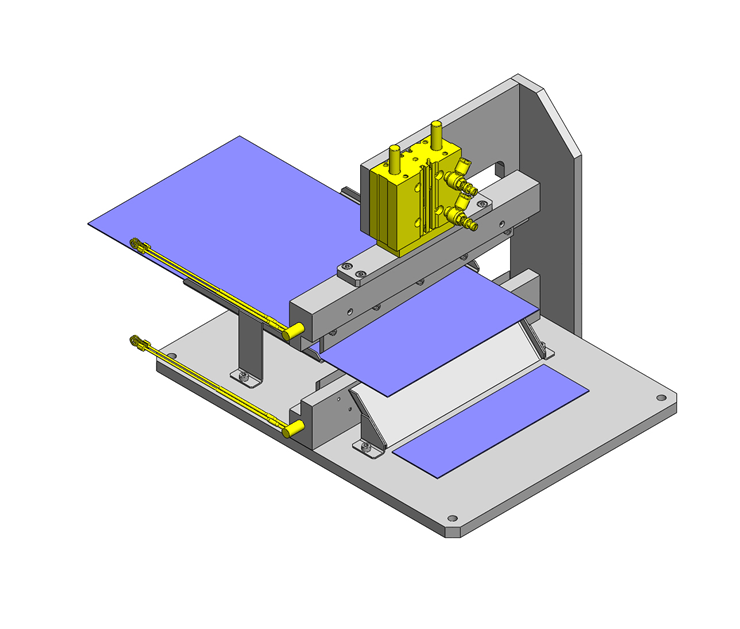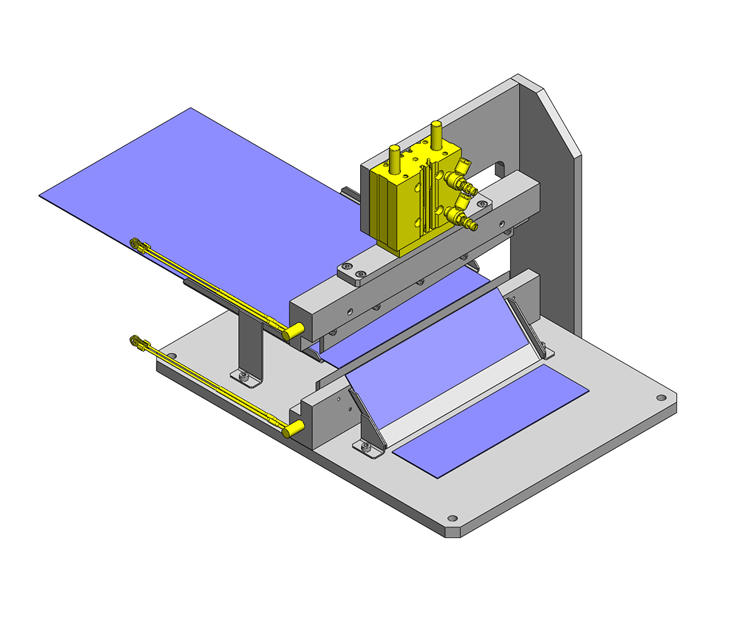(!) Since support from Microsoft will end on January 14 2020, Windows 7 user might not be able to use MISUMI website effectively. Please consider to update your system as ‘MISUMI Website system requirement’.
- inCAD Library Home
- > No.000060 Film Heat Cutting Mechanism
No.000060 Film Heat Cutting Mechanism
56
56
A heated blade is used to reduce the required cutting force.
Relevant category
- * Unit assembly Data consists of some sub-assemblies.
It is configured so that each sub-assembly unit can be used as it is or edited.
Application Overview
Purpose
- Combining a cartridge heater with a blade to cut specified lengths of resin belt.
Target workpiece
- Thin resin belt.
- Workpiece size: Width 200, Thickness 1mm
Design Specifications
Operating Conditions or Design Requirements
- External dims.: W305 x D400 x H262 mm
- Stroke: 40mm
Selection Criteria for Main Components
- Cartridge heater
- The electrical wire harness is perpendicular to the heater.
Design Evaluation
Verification of main components
Verify the electric power density of the heater based on the required amount of heat.
- Conditional value: Mass of heated object M = 3 kg
Specific heat Hc = 0.110 for the object to be heated [kcal / kg ℃]
Temperature rise Ta = 60℃ (Normally 20℃ is raised to 80℃)
Heating time Tm = 0.25 h
From efficiency η = 0.3 - Required amount of heat for the heater Q[kW] = (M × Hc × Ta) / (860 × Tm × η)
= (3 × 0.110 × 60) / (860 × 0.25 × 0.3)
= 0.307kW = 307W - Power density of heat generating section [W / cm²] = W / (3.14 × (D / 10) × (L / 10 - 1.5))
=310 / (3.14 × 0.8 × 30 - 1.5)
=4.3 W/cm²
→(2 ≦ 4.3 [W / cm²] ≦ 15), this can be produced.
Other Design Consideration
- The blade is placed diagonally to improve the cutting performance.
Explore Similar Application Examples
Page
-
/
-
-
Relevant category
-
Relevant category





